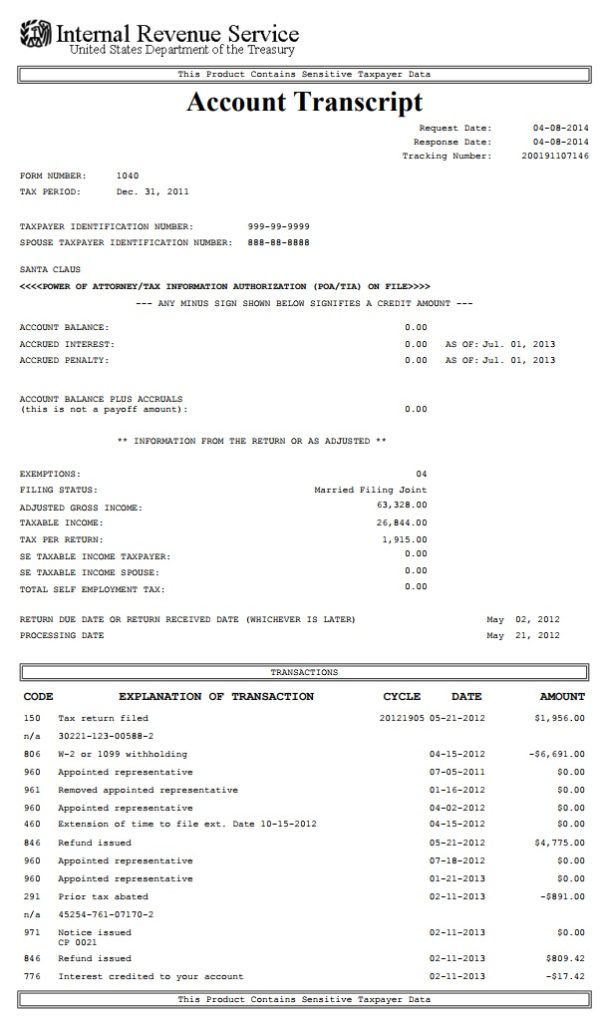

The insulin-IGF system is formed by insulin, two insulin-like growth factors (IGF-I and IGF-II), four cell-membrane receptors (insulin receptor-A (IR-A), insulin receptor-B (IR-B), insulin-like growth factor-I receptor (IGF-IR) and insulin-like growth factor receptor-II (IGF-II-R)) and six IGF-binding proteins (IGFBP-1-6), several IGFBP- related proteins and IGFBP proteases. Therefore a big challenge for the (near) future will be how all the new knowledge about IGF-IR signaling can be translated into the clinical practice and improve diagnosis and treatment of diseases. Thus, in recent years, it has become clear that the IGF-IR signaling pathways are much more complex than first thought. Recently, it has been found that after activation by a ligand, the IGF-IR may be translocated into the nucleus and function as a transcriptional cofactor. Like the classical GPCRs the IGF-IR can also show homologous and heterologous desensitization. Moreover, there is now emerging evidence that the IGF-IR utilizes parts of the G-protein coupled receptor (GPCR) pathways: the IGF-IR can be considered as a functional RTK/GPCR hybrid, which integrates the kinase signaling with some IGF-IR mediated canonical GPCR characteristics. In addition, the IGF-IR has extensive cross-talk with many other receptor tyrosine kinases and their downstream effectors. The IGF-IR may further form hybrids with the insulin receptors but also with receptor tyrosine kinases (RTKs) outside the insulin-IGF system. It has been found that the IGF-IR also has kinase-independent functions and may even emit signals in the unoccupied state through some yet-to-be-defined non-canonical pathways. Recent research has shown that this view was too simplistic. The conventional view in the past was that the IGF-IR was exclusively a tyrosine kinase receptor and that phosphorylation of tyrosine residues, after binding of IGF-I to the IGF-IR, started a cascade of post-receptor events. In addition, activation of the IGF-IR has been found to be essential for the growth of cancers. Activation of the IGF-IR stimulates multiple pathways which finally results in multiple biological effects in a variety of tissues and cells. IGF-I and IGF-II primarily activate the IGF-I receptor (IGF-IR), which is present on the cell surface. Insulin-like growth factor-I (IGF-I) and insulin-like growth factor-II (IGF-II) play a crucial factor in the growth, differentiation and survival of cells in health and disease.


 0 kommentar(er)
0 kommentar(er)
